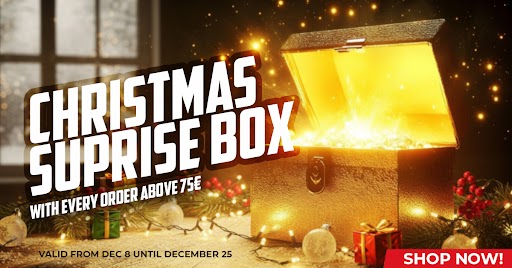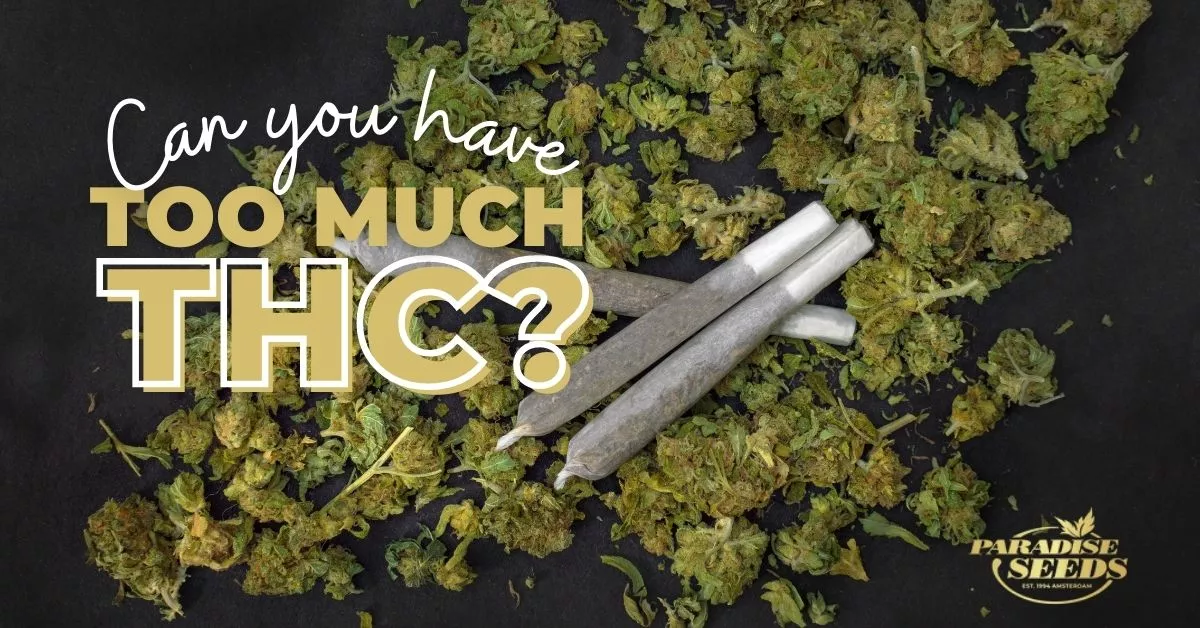The top line statistic for many recreational cannabis varieties is the percentage of THC in a strain. As such, often cannabis consumers can be blind to everything else a plant has to offer and quick to dismiss any THC count that is below 20% (and even then, seeking out those strains that report to be even higher). So, is it time to pose the question, “is too much THC a bad thing?”
Before we take a closer look, let’s put a distance between the high THC vs mental health issues which dominate anti-cannabis policy in countries such as the UK and France where ‘super strength’ strains are blamed for psychosis and other mental health related issues amongst cannabis users. While they certainly may contribute, there is more often a wider picture into which high THC weed use fits, but this is a whole different debate for another article.
THC – The Traditional Benchmark For Cannabis Consumers
So instead let’s look at high THC as a recreational medium; one that has helped to shape the cannabis consumer market over the past few years, and set a marker that most seed companies (including Paradise) have pinned their flag. This has changed with the arrival of CBD strains in the market, which offer all the cannabis flavor and relaxation without any of the heady high. Nevertheless, this polarization of effect (to be high with THC or not high with CBD) cuts out a lot of middle ground in between.
An ongoing legalization argument has been that illegality breeds a certain kind of consumption. With no real choice for consumers the only option is the one that is available and, as the black market is about maximizing profit, commercial growers will focus on high strength strains that finish quick, get sold quick and get consumed quickly. The situation is often compared with the supply of alcohol – a low % beer is not the same as a high % spirit and both are consumed in a different way.
Anybody who enjoys the luxury of growing their own cannabis plants for their own consumption, often takes a more long term view. Drying, curing and storage become more integral factors in the process. What these ‘long timers’ are often aware of is how the flavor and the effect changes over time with maturity. Contrast this with the full power of ‘fresh’ bud which fizzles with high THC and delivers a sledgehammer effect (with a paranoid edge that is missing in well cured buds) that hits hard and often tails off rather quickly. Too often it’s all about full power without the balance – a roller coaster ride rather than a pleasant journey.
Dr Jonathan Newman, an anthropologist who has been studying the cannabis industry for nearly 10 years recollects a conversation he had in the early days of his research. “I wanted to find out why ‘THC’ was so key in the branding of cannabis as a product and was surprised by the answer I got. A very well known cannabis grower told me that the focus was on THC because, in the early days, that was the only compound everyone really cared about, because this was the compound that got you high!” While CBD had been discovered in the 1940s, it was the 1960s research of Dr Raphael Mechoulam which put the spotlight on the psychoactive qualities of THC.
Fast forward to today and the industry’s knowledge is very different. Cannabinoids, flavonoids, terpenoids and how they all interact together in the ‘entourage effect’ is now accepted wisdom amongst the industry and experienced cannabis consumers – although it is worth asking how much of this new knowledge filters down to street level where high THC often remains the mark of ‘good (ie strong) weed’?
Cannabis Beyond THC
As the recreational cannabis market develops – and as is already happening in legalized territories – the experiential aspect of different cannabis varieties is becoming more of a point of focus. Questions are being asked about what different types of consumers want from their weed – from Tilray’s trials with senior consumers , to athletes using cannabis therapeutically and recreational users embracing the notion of effect pairing . These are very different cannabis users seeking cannabis experiences beyond the kind of THC count which will floor a rhino and as the market develops appreciation for a tailored user friendly effect may well see THC’s demise as the statistic that seems to count…




